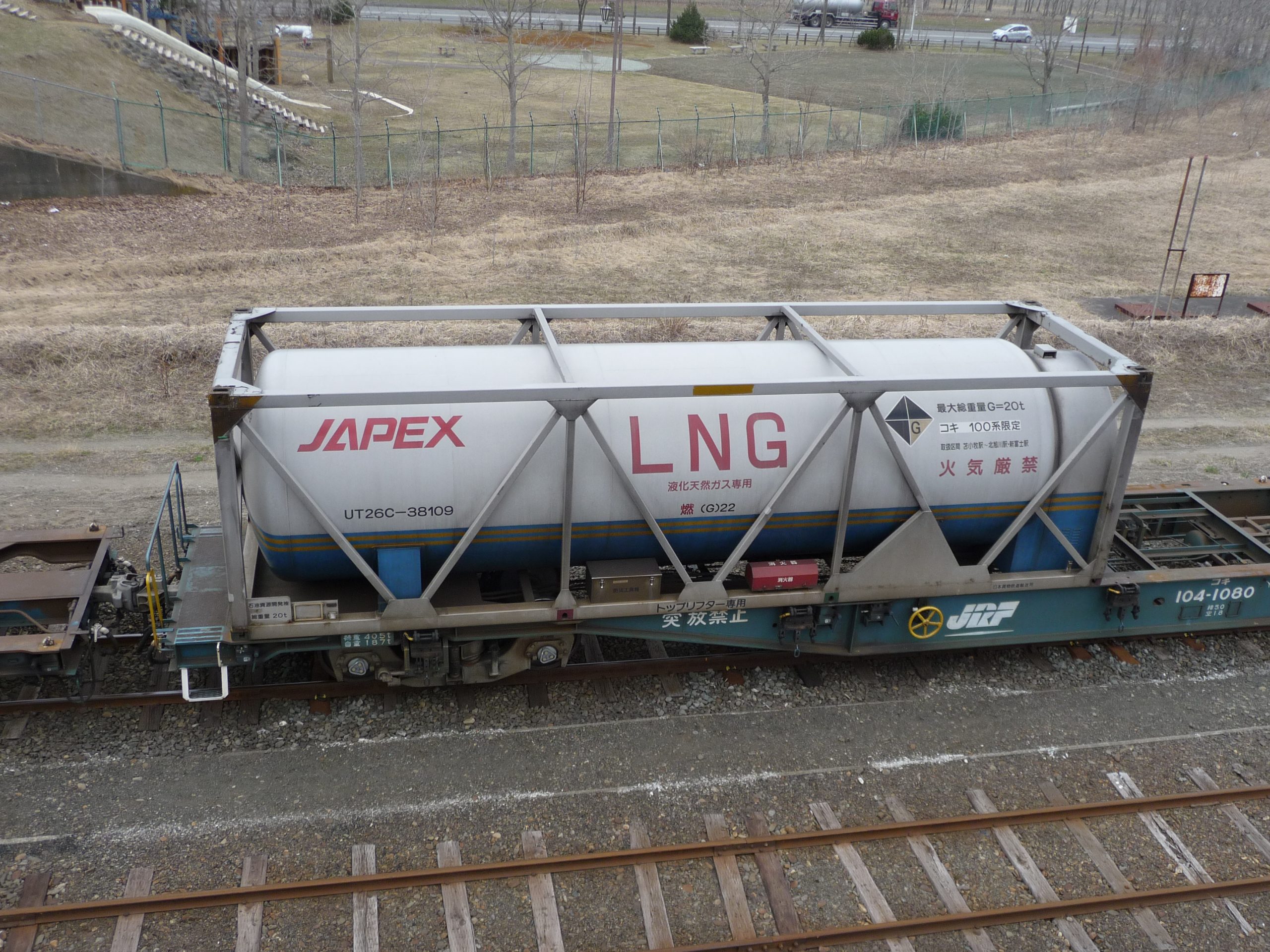In the last five years, Japan’s LNG imports have been on the decline. The reasons often cited are LNG’s cost, the restart of nuclear capacity, and, of course, climate action. However, there’s one other factor diminishing Japan’s appetite for the super-chilled fuel: liberalization of the power market.
Since electricity retail was completely opened up in 2016, the market dynamics have changed. In addition to fostering competition in generation, METI used the 2016 reform to push the big utilities (EPCOs) to feed more of their volumes into the wholesale power market, rather than selling directly to consumers. This has stimulated a vibrant power trading sector in Tokyo. However, it has also made gas-fired stations a more cumbersome asset class.
Put simply, the fuel for an LNG-fired power plant must be secured at least two months before it’s burned to produce electricity. In contrast, in a system where a significant volume of electricity is sold on an exchange, the (almost) fixed level of power demand only becomes clear a day before. That’s not enough to significantly adjust the operations of a thermal power plant. But while coal and oil can be kept in reserve for another day, Japan’s LNG storage options are limited and very short term. Thus, any gas fuel surpluses or shortages become a cost burden.
Keen to protect energy security, the government is trying to find solutions. Among them is a strong push for electricity market participants to embrace power derivatives. Another is a ploy to bring greater transparency to wholesale power trading. Whether these will be enough, however, is unclear. The mismatch may finally see LNG futures contract trading take off in Tokyo. Or, an even faster decline in Japan’s gas-fired generation.

